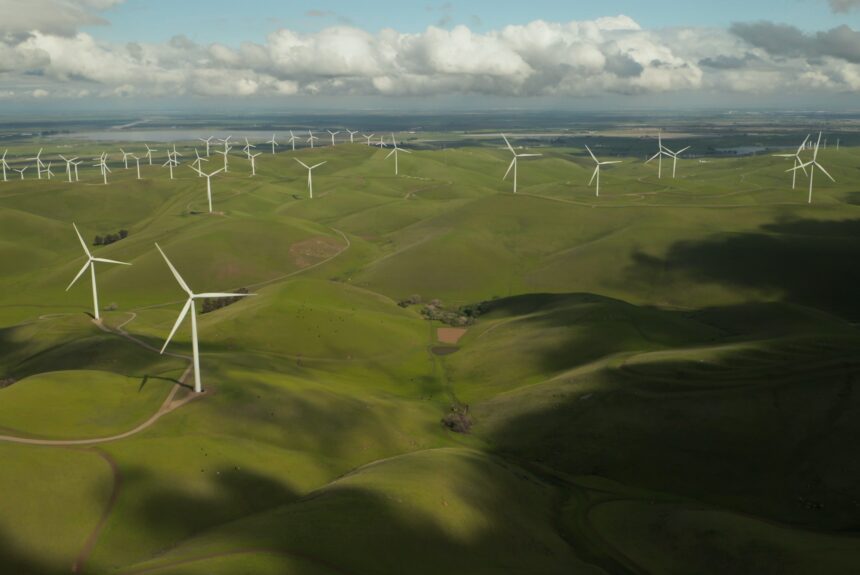The Challenge: The business case for renewable energy sources is strong. Rather than distorting markets by subsidizing mature technologies with targeted tax credits, Congress and the administration should fix the policy problems that artificially drive up the cost of renewable projects.
The Opportunity: Cost-competitive renewable energy generation will diversify America’s energy supply and provide families and businesses with affordable, clean power. Modernizing and streamlining regulations is essential to expand renewable energy projects and build new transmission lines.
The Solutions: To promote renewable power innovation, cost reduction, and deployment policymakers should:
- Modernize the National Environmental Policy Act (NEPA).
- Fully Eliminate Section 201 tariffs.
- Extend Master Limited Partnerships to renewable projects.
- Repeal the Jones Act, which adversely affects offshore wind projects.
- Expedite the process by creating categorical exclusions to bypass National Environmental Policy Act reviews for geothermal exploration activities.
- Require the Interior Secretary to identify priority areas for geothermal development on federal lands.
- Expedite licensing for small and next generation hydropower projects that are unlikely to affect critical habitat or endangered species and for technologies that enhance environmental protection.
- Include hydropower in the definition of renewable power, which would allow hydropower to count toward the federal government’s renewable power procurement requirements.
- Require a “two-year, start-to-finish licensing process for adding generation to non-powered dams, and require the Army Corps of Engineers to develop a coordinated, consistent, and nationwide strategy to expedite the development of non-powered dams.”
- Allow the U.S. Army Corps of Engineers to engage in private-sector financing for the federally owned fleet of power projects.
Key Facts
- From 2009-2019, the cost of solar and onshore wind declined 89 percent and 70 percent, respectively.
- Renewables account for 13 percent of American electricity generation.
- In 2022, total global private investment in renewable energy increased by 35 percent.
- Enhanced geothermal systems could deliver about half of the currently installed generating capacity in the United States, according to the U.S. Geological Survey.
- 281 hydropower and pumped storage facilities, about 30 percent of active licenses, are set to expire by 2030. Relicensing takes on average 7.6 years and routinely takes more than a decade, according to the Department of Energy.
Legislation to follow:
| Legislation | Bill Number(s) | House Sponsor | Senate Sponsor | House Cosponsor(s) | Senate Cosponsor(s) |
| BUILDER Act | H.R.1577 | Graves (R-LA-6) | |||
| TAPP Act | H.R. 1335 | Westerman (R-AR-4) | Graves (R-LA-6), Stauber (R-MN-8) | ||
| Public Land Renewable Energy Development Act | H.R.178 | Levin (D-CA-49) | |||
| CLEAN Act | H.R.1449 | Fulcher (R-ID-1) | |||
| Hydropower Clean Energy Future Act | H.R.4045 | McMorris Rodgers (R-WA-5) | |||
| Community and Hydropower Improvement Act | S.1521 | Daines (R-MT) | Cantwell (D-WA) |
Read the full chapter here.


